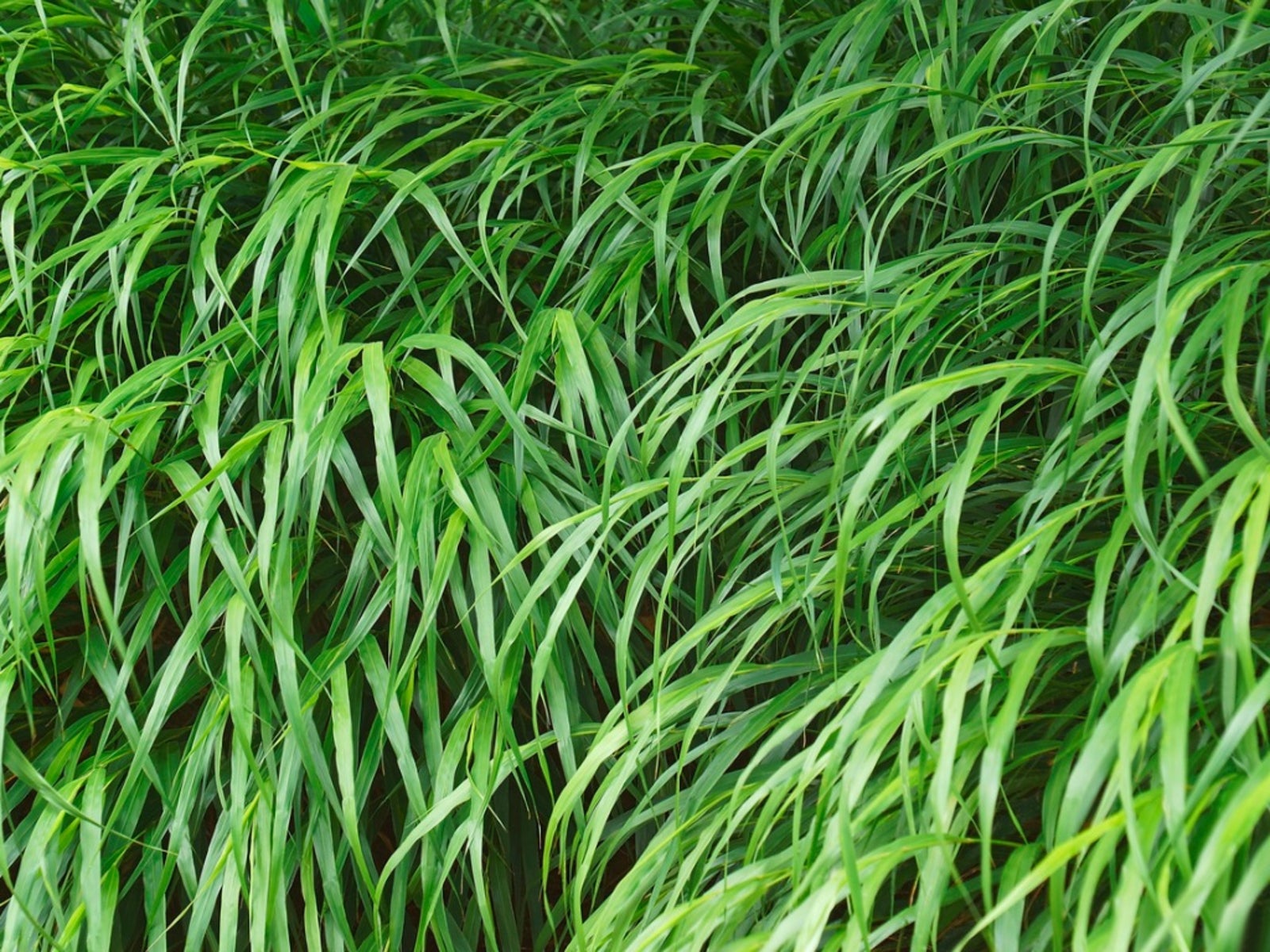Forest Grass Container Care : How To Grow Forest Grass In A Pot


Japanese forest grass, or Hakonechloa, is an elegant, arching plant with bamboo-like leaves. This forest denizen is perfect for a shady spot and performs well in a container. Growing forest grass in containers in a shady to partially shady location of the landscape brings a hint of the Orient to the garden with a perfect low light plant. Read on for some information on how to grow forest grass in a pot for an adaptable solution and an easy way to move this plant to the shady, moist locations it craves.
Growing Forest Grass in Containers
Using ornamental grasses in pots allows the gardener to control where they grow and to preserve them if they are tender or half hardy. Pots can always be buried or brought indoors to help save the root system when temperatures get cold, but during the spring and summer the plants can be honored guests on the patio, lanai or other shady nook. Container grown forest grass is an excellent example of an ornamental plant that thrives in a pot. Forest grass is native to temperate regions of Japan. The grass is hardy to United States Department of Agriculture zones 5 to 9. It is considered a deciduous, half hardy, warm season grass and will die back in winter. The golden foliage is particularly spectacular in a darker pot, set off by colorful shade annuals or simply by itself. The root system is particularly adaptable to confined settings like those in a container. It will not need to be repotted for several years and container grown forest grass can easily be moved if freezing temperatures threaten. As an added bonus, forest grass container care is minimal, and the plant is quite tolerant of most conditions, provided it is kept moist and in a lower light situation. It is also not favored by deer.
How to Grow Forest Grass in a Pot
Forest grass is a dependable, slow growing grass with extended ornamental appeal. It can be planted in ground or in an attractive container. Select a growing medium that is well draining, or make your own with equal parts peat moss, horticultural sand and compost. Japanese forest grass requires consistent moisture but cannot tolerate boggy conditions, so a container with several drainage holes is necessary. Combine it in a larger container with dark or blue foliage plants such as hosta or trailing purple sweet potato vine for maximum impact. In northern climates, it can tolerate partial sun, but in warm regions it must be grown in a partial to full shade location.
Forest Grass Container Care
Keep your Japanese forest grass evenly moist. You may put a mulch of organic matter such as compost over the top, fine bark or even gravel, which prevents weeds and conserves moisture. In winter where occasional freezes are expected, bury the pot in the ground or move it indoors. Northern gardeners will need to move the container inside where the plant won't freeze. Provide half the water you normally would in winter and increase as spring arrives. Every three years, divide the plant for better growth. Remove it from the container in early spring and use a sharp, clean implement to cut the plant into 2 or 3 sections, each with foliage and roots. Plant each section in fresh potting medium. Cut back dead leaves in fall or early spring to make way for new foliage. This grass has few disease or pest issues and will make a wonderful containerized addition to the mobile garden.
Sign up for the Gardening Know How newsletter today and receive a free copy of our e-book "How to Grow Delicious Tomatoes".

Bonnie Grant is a professional landscaper with a Certification in Urban Gardening. She has been gardening and writing for 15 years. A former professional chef, she has a passion for edible landscaping.